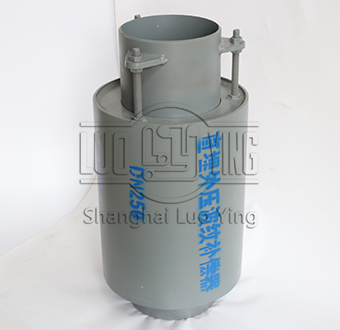Welding method of sealing surface of DN400 sleeve compensator.DN400
Jul-23-04
Welding method of sealing surface of DN400 sleeve compensator.DN400Sealing surface welding method for DN400 sleeve compensator is a critical aspect of its installation. Sleeve compensators are pipe joint materials that absorb the forces generated due to vibration, deformation, or temperature changes in the pipeline by elastic deformation while maintaining the pipeline's sealing performance. DN400 sleeve compensator has a specific sealing surface that requires a specific process for welding to ensure its performance. Here, we shall discuss the welding methods for the DN400 sleeve compensator's sealing surface.

There are three welding methods commonly used to weld the DN400 sleeve compensator's sealing surface, which includes casting steel pad welding, cladding, and processing.
Casting steel pad welding method: The sealing surface is cast directly onto the sleeve compensator, and then it is fixed by welding it to the sleeve compensator using a spot welding machine. This method is suitable for mass production, but it should consider the quality, process, and cost of casting steel pad welding.
Cladding welding method: A cast steel pad or ordinary steel plate undergoes treatment and is then welded onto the sleeve compensator. This method can guarantee the sealing surface's flatness and quality, but it should consider the process, quality, wear resistance, and cost of cladding.
Processing welding method: The sealing surface's flatness and precision are achieved by processing and then welded to the sleeve compensator using spot welding, angle welding, and seam welding. This method is suitable for small-scale production, but it requires a higher production cost and technical level.
During welding operations, it is crucial to control welding temperature, preheating temperature, welding speed, among other parameters. Different welding methods require different welding technologies such as welding current, voltage, protective gas, and welding method. The welded surface undergoes visual inspection, sealing performance testing, and ultrasonic flaw detection after the welding operation to ensure proper quality.
In essence, choosing the appropriate sealing surface welding method for the DN400 sleeve compensator depends on the materials used, quantity, and performance required. Scientific welding process controls and strict quality control are necessary to guarantee the sealed surface's quality and performance. This method ensures reliable protection from an operation failure or breakdown in the pipeline system.

